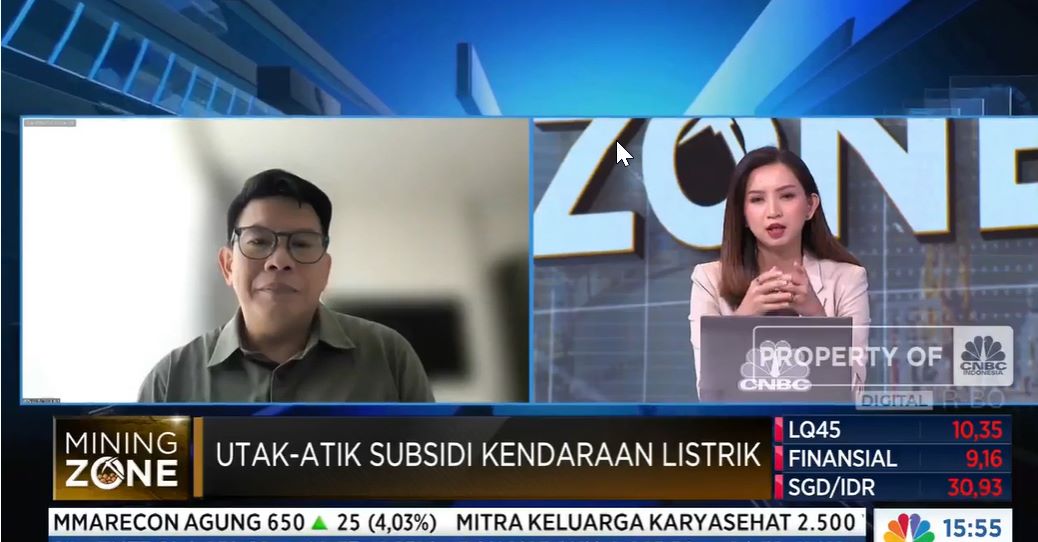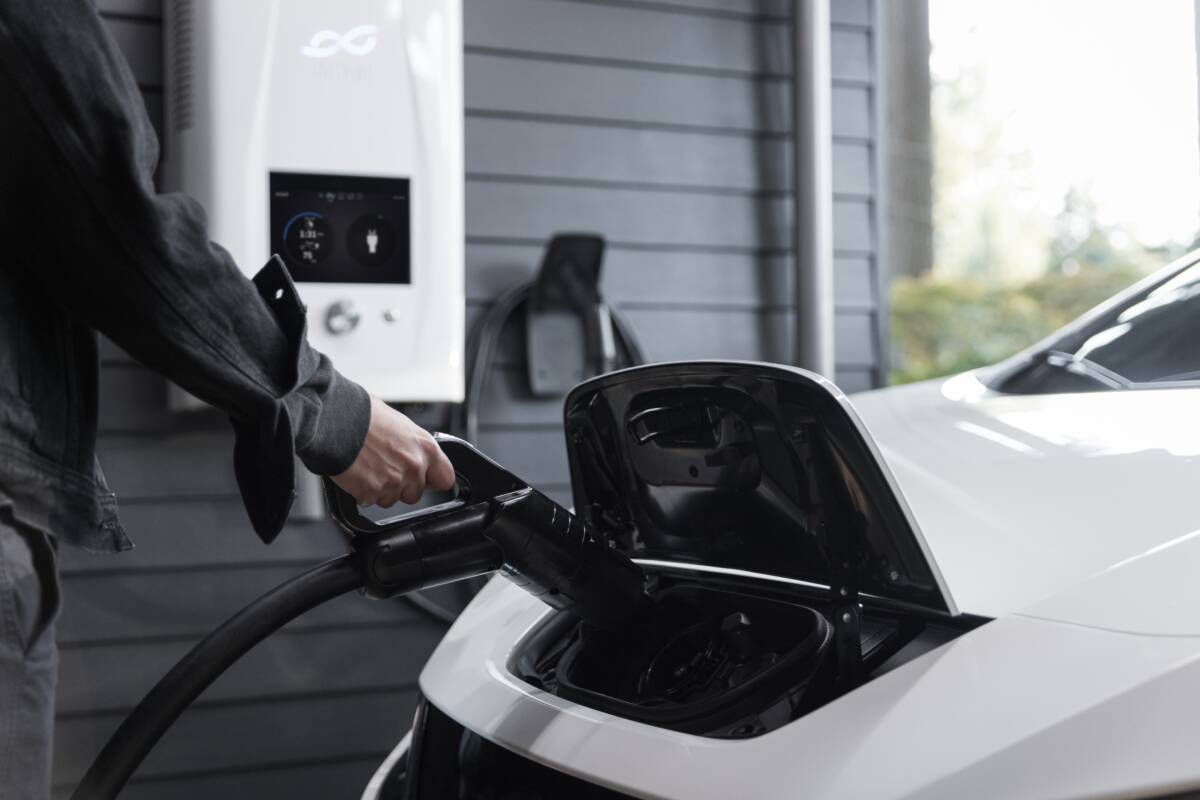Replay Event
Backgorund
Decarbonization of the transportation sector is an important strategy to achieve the net-zero target by 2060 or earlier and meet Indonesia's emission reduction target according to the Enhanced Nationally Determined Contribution. Based on the Indonesia Energy Transition Outlook 2025 (IETO 2025 ) report by IESR, in 2023 the transportation sector produced…






